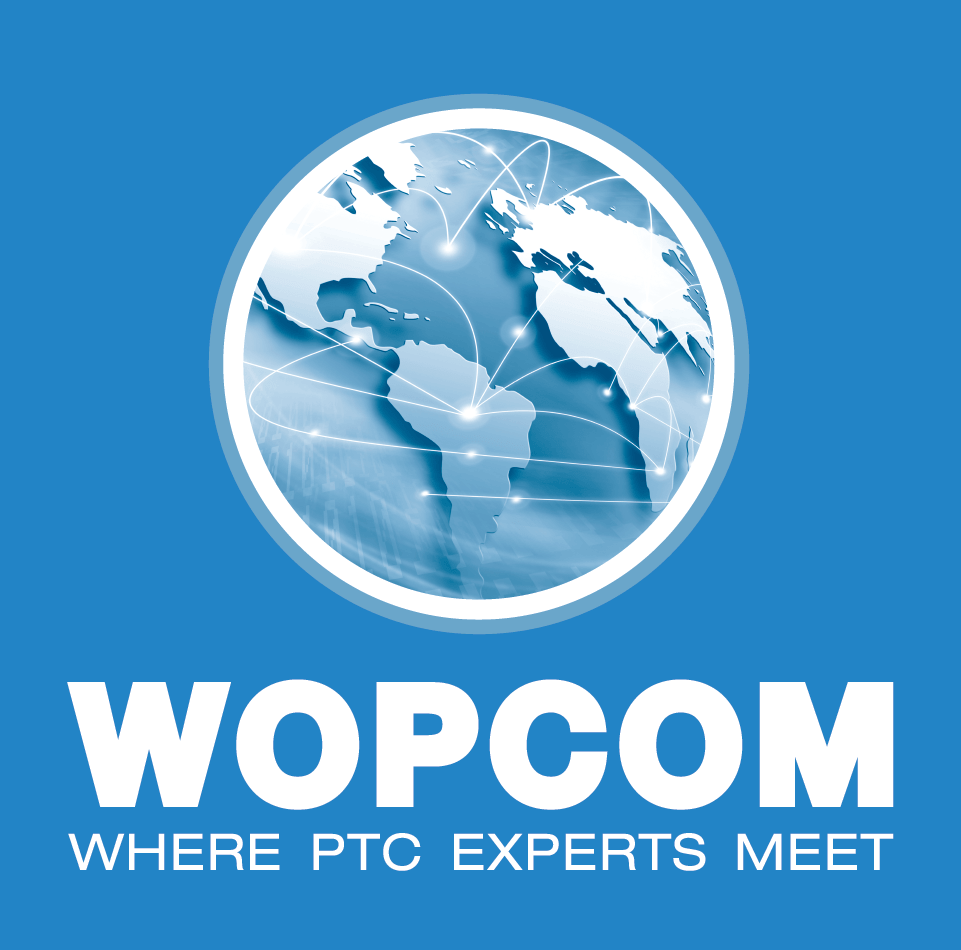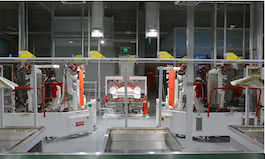(TC) Technical
Safe & sustainable processing in textile cleaning (part 2): legislation & regulation
6.2. Legislation & regulation 6.2.1. Exposure limits Permissible Exposure limits (PEL) or Occupational Exposure Limits (OEL) are the legal limits for exposure of an employee to a chemical substance or physical agent. The exposure limits for employees are usually given as Time Weighted Average (TWA) values. The TWA is the average exposure over a specified…
Read MoreSafe & sustainable processing in textile cleaning (part 1): Health & Safety
Safe processing has a close relation with the health of workers in the textile cleaning industry and the neighbouring people living in close proximity of textile cleaning premises. Health effects are related to exposure to substances like chemicals, heat, or mechanical impact. Not the exposure itself is a problem but the amount, impact, or concentration…
Read MoreFinishing in textile cleaning; the process & equipment
Finishing is the crucial step of dry cleaning. Finishing makes sure that the garments are delivered back to the customers as new. Cleaning of garments is the basic requirement when customers bring their garments to the dry cleaner. Finishing, however, is the quality determining process. The right finishing quality is the key to meeting customers’…
Read MoreEquipment for dry cleaning
Tetrachloroethylene equipment Tetrachloroethylene or PERC is one of the oldest and most used dry cleaning solvents still used nowadays. From the 1950s, PERC cleaning was carried out in transfer machines. The cleaning and the drying of the garment was separated, and the wet garment had to be transferred from the cleaning equipment to the drying…
Read MoreMaking a choice for a dry cleaning method
The choice of a cleaning method is dependent on many aspects. Historical choices, an installed base of equipment, and familiarity with a certain cleaning method are of great importance when choosing a particular solvent. In the past, only a few cleaning methods were available, resulting in a limited choice. The availability of a solvent determined…
Read MoreDry cleaning: an overview cleaning methods
Solvents are used to clean sensitive garments that may not or should not be cleaned in regular cleaning processes. Delicate fibres, such as wool, silk or combined fabrics, might incur damage when cleaned in regular laundry processes. People in ancient times had already developed other cleaning methods to clean delicate garments. Nowadays several solvents are…
Read MoreThe dry cleaning process
The dry cleaning process is the process with which sensitive textiles are cleaned in solvents, contrary to laundering with water. The variety of available solvents that are used in the dry cleaning process will be discussed in chapter 4.3. In this chapter, the dry cleaning process itself is addressed. The goal of the dry cleaning…
Read MoreHistorical overview of professional textile cleaning
During the Roman Empire the highly developed trade of “fullers”, professional cleaners of garments, was known. Lye and ammonia were used in early laundering. It was combined with a type of clay known as fuller’s earth, used to absorb soils and grease from garments too delicate for laundering. There are many stories about the origin…
Read MoreThe principles of Sustainability in perspective of professional textile care
The term “sustainability” is used widely and in many different situations. In every situation it can have a different meaning. Therefore we will first define sustainability as it will be used throughout this book. Because sustainability has many links with the preservation of materials also the principals of recycling, Cradle to Cradle® and refunc-tionalizing will…
Read More

